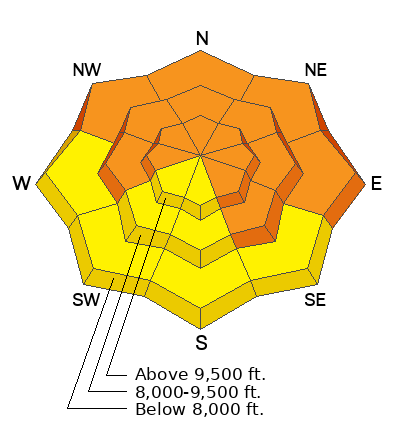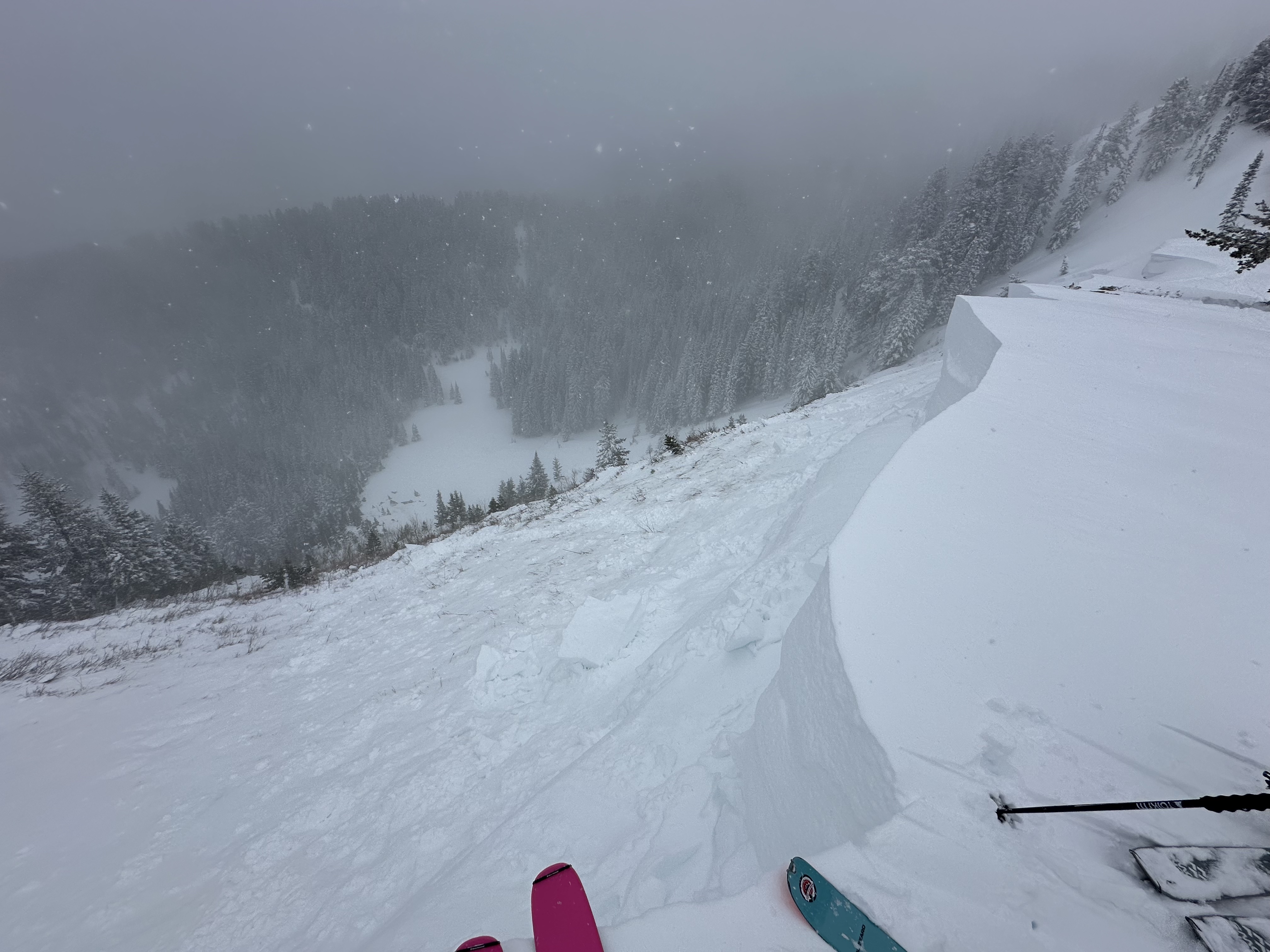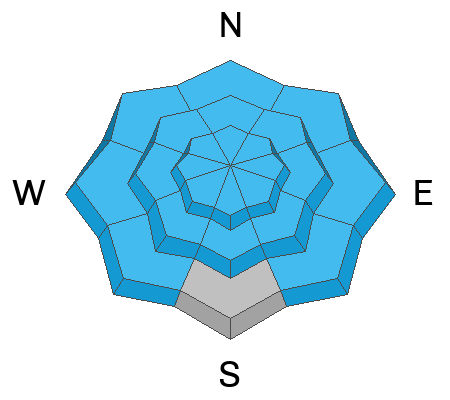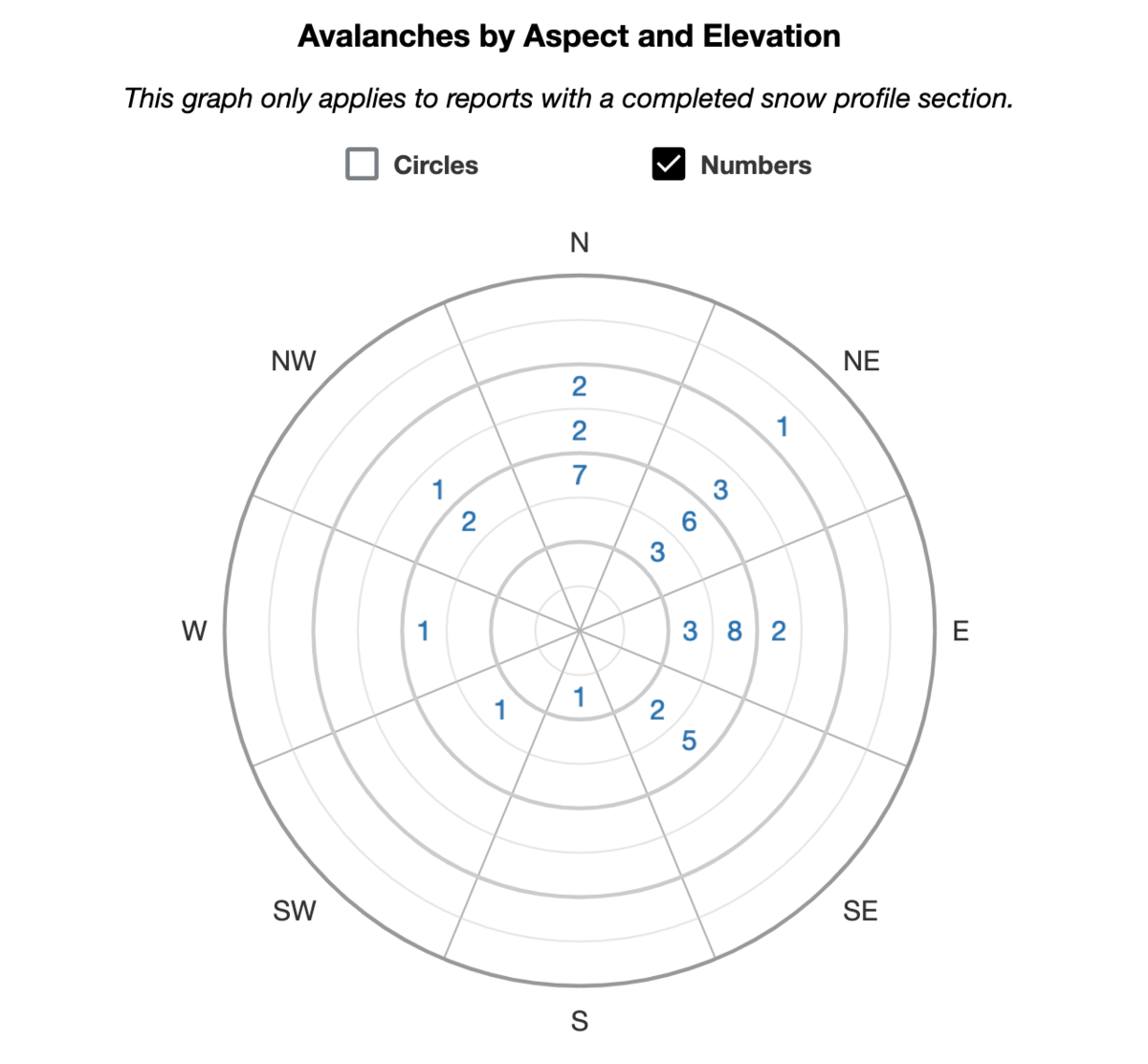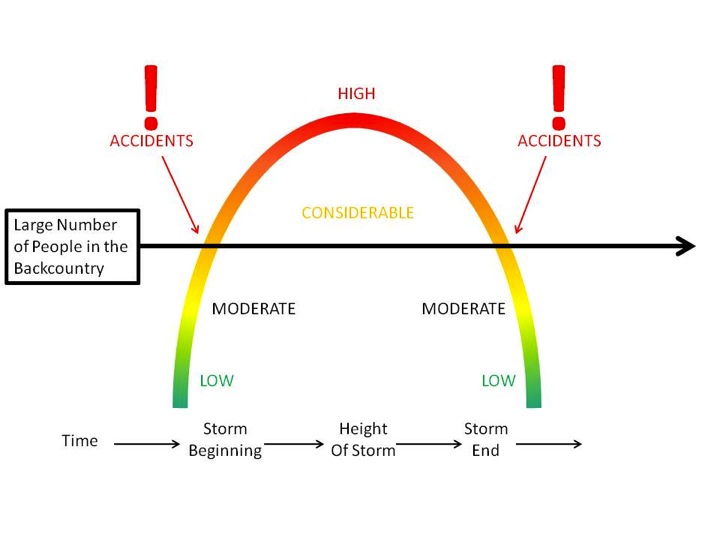This morning, rain is falling in the valley, and there's light snow in the mountains, with no measureable accumulation since last night. Temperatures range from the mid-20s to low 30s F, accompanied by light westerly winds, reaching 30 mph at the highest ridgetops.
Today, this weak winter system is departing, leaving a chance of lingering snow showers this morning before drying out. Temperatures will reach the mid-30s F, with light westerly winds gusting up to 30 mph along the highest ridgetops. Clouds will increase overnight into Thursday as the next Pacific Northwest system brings better snow chances later. Lighter snow showers may start around midnight, followed by more persistent snow on Thursday. Snowfall will decrease overnight into Friday, but lingering snow may occur due to orographic enhancement as the flow shifts more northwesterly. Anticipate 3-7" of new snow by Friday.
The Outlook: High pressure will dominate the weekend, bringing a noticeable warming trend. Mountain temperatures are expected to rise into the 40s and higher early next week, according to the models. Stay tuned for updates.
Reports of massive collapses, and low ECT scores continue to pour in. On Sunday, in the upper American Fork drainage above Forest Lake, there was a natural cornice fall which in turn triggered a
MONSTER avalanche to the ground. The hard slab avalanche failed on a persistent weak layer of early season depth hoar 4-6' deep (width unknown) on a steep northeast facing slope at 9200'. In a heavily wind loaded part of the crown-face, the depth was estimated at 15' deep. (Unsure of terrain? Check the
WBSkiing map and search for
Peak 9851' near Terraces, just west of Mill Canyon Peak.)
Punchy, and wet conditions may exist at lower elevations.
Be sure to check all the avalanche activity
HERE. 
